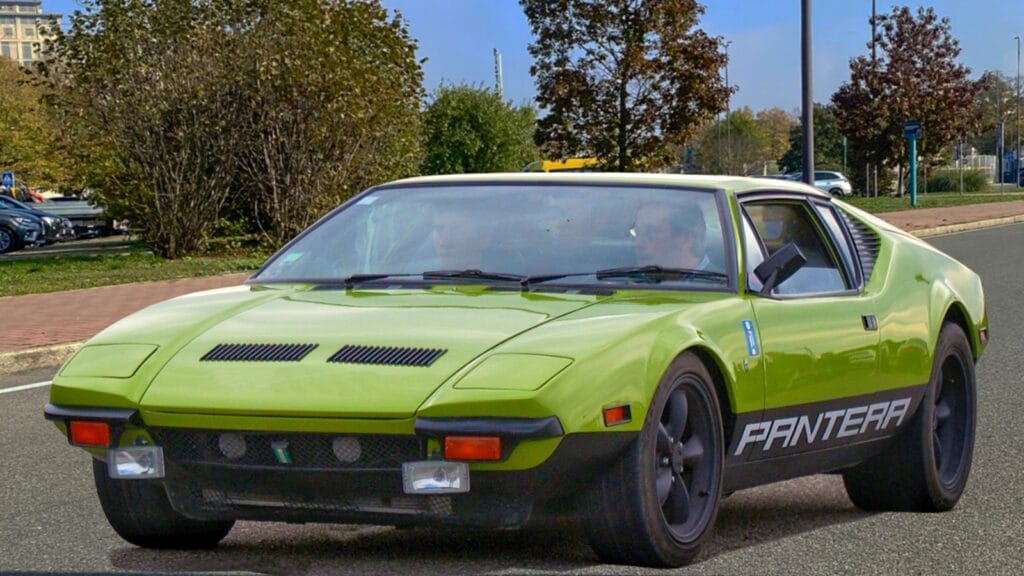The 1970s were a decade of contrasts in the car world. On one hand, you had the raw muscle car horsepower wars at their peak, while on the other, the oil crisis and emissions restrictions started pulling the rug out from under performance. Yet despite all that, some machines became instant legends. Decades later, these 15 cars from the 1970s still turn heads everywhere they go, thanks to their wild styling, unforgettable soundtracks, and cultural impact.
Chevrolet Camaro Z28 (1970 to 1973)
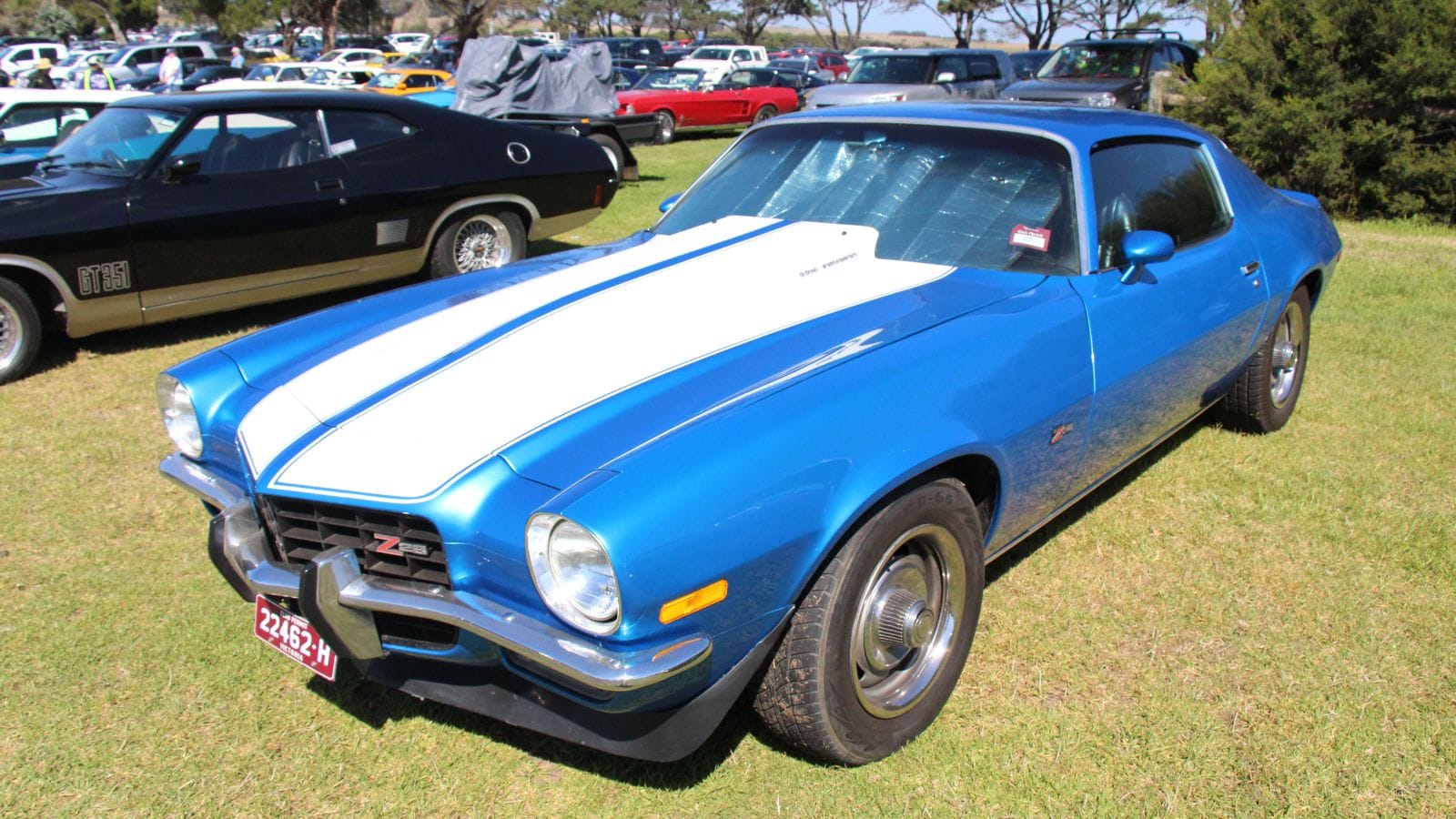
The early second generation Z28 became a serious threat to the Mustang’s dominance. With its split front bumper, flared wheel arches, and high revving 350 cubic inch LT-1 V8 pushing out 360 horsepower, it was as fast as it was good looking. The Z28 was lighter than some of its muscle car rivals, which made it handle surprisingly well. Production numbers stayed strong, but today, a Hugger Orange example with the rally stripes is worth serious money. Enthusiasts love it because it is not only fast in a straight line but also genuinely fun in the corners.
Dodge Challenger R/T (1970 to 1974)
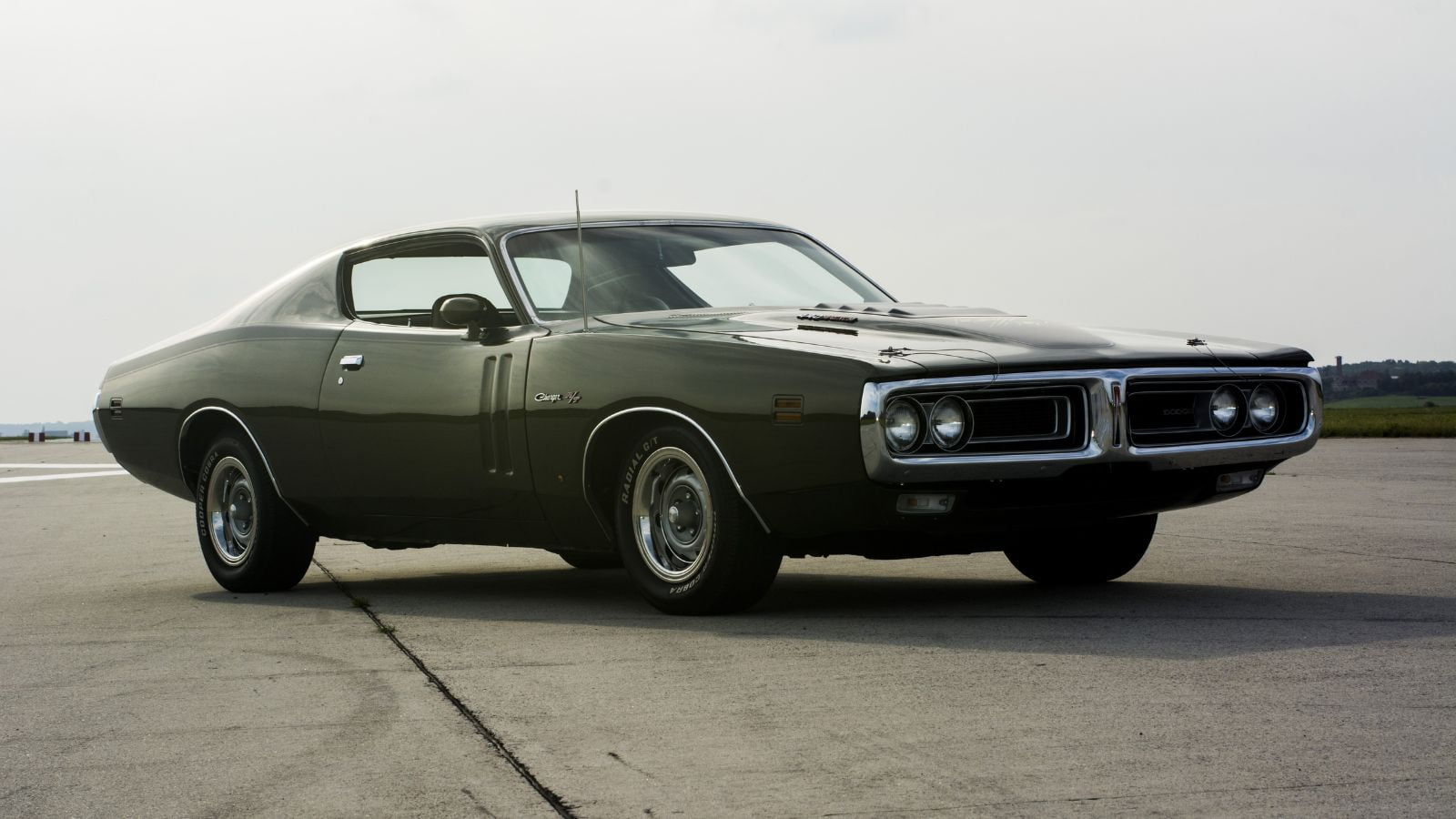
The Challenger was Chrysler’s late entry into the pony car wars, but it arrived swinging. The R/T trim gave buyers a chance to check the 426 HEMI option box, delivering a pavement shaking 425 horsepower. The long hood and wide stance screamed aggression, and with bright color names like Plum Crazy and Sublime, these cars became poster material. In the collector market today, a HEMI Challenger is one of the holy grails. Even the small block cars turn heads, and the Challenger’s presence has influenced the modern muscle car revival.
Pontiac Firebird Trans Am (1970 to 1979)
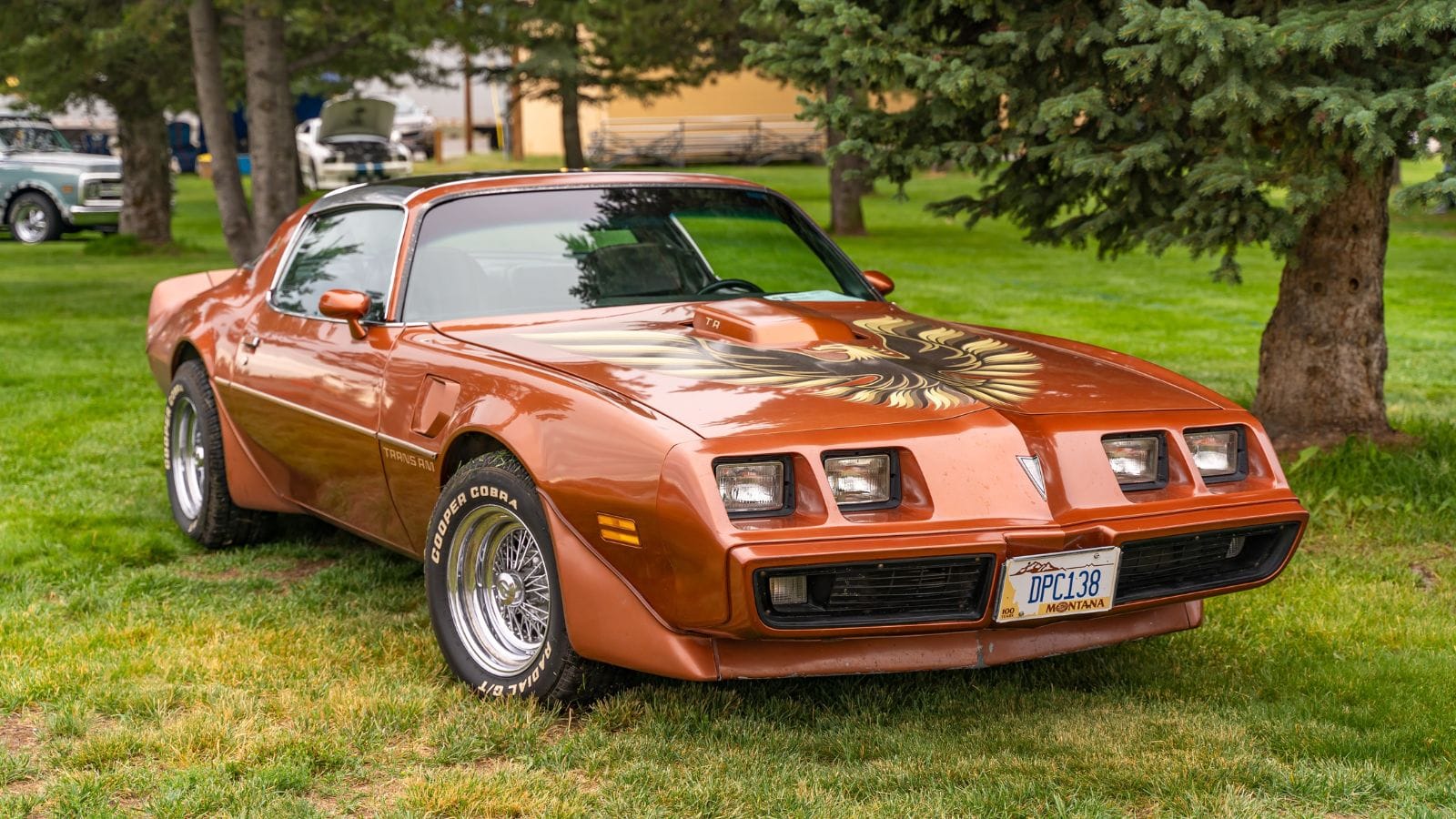
The Trans Am was flamboyant in the best possible way. Its shaker scoop popping through the hood made it instantly recognizable, and the optional “screaming chicken” hood decal became one of the most famous graphics in automotive history. By the late 70s, emissions strangled its horsepower to under 200, but Smokey and the Bandit cemented its legend forever. A ’77 black and gold model with T-tops still commands massive respect, and the 455 cubic inch versions from earlier in the decade remain collector treasures.
Chevrolet Corvette C3 (1968 to 1982)
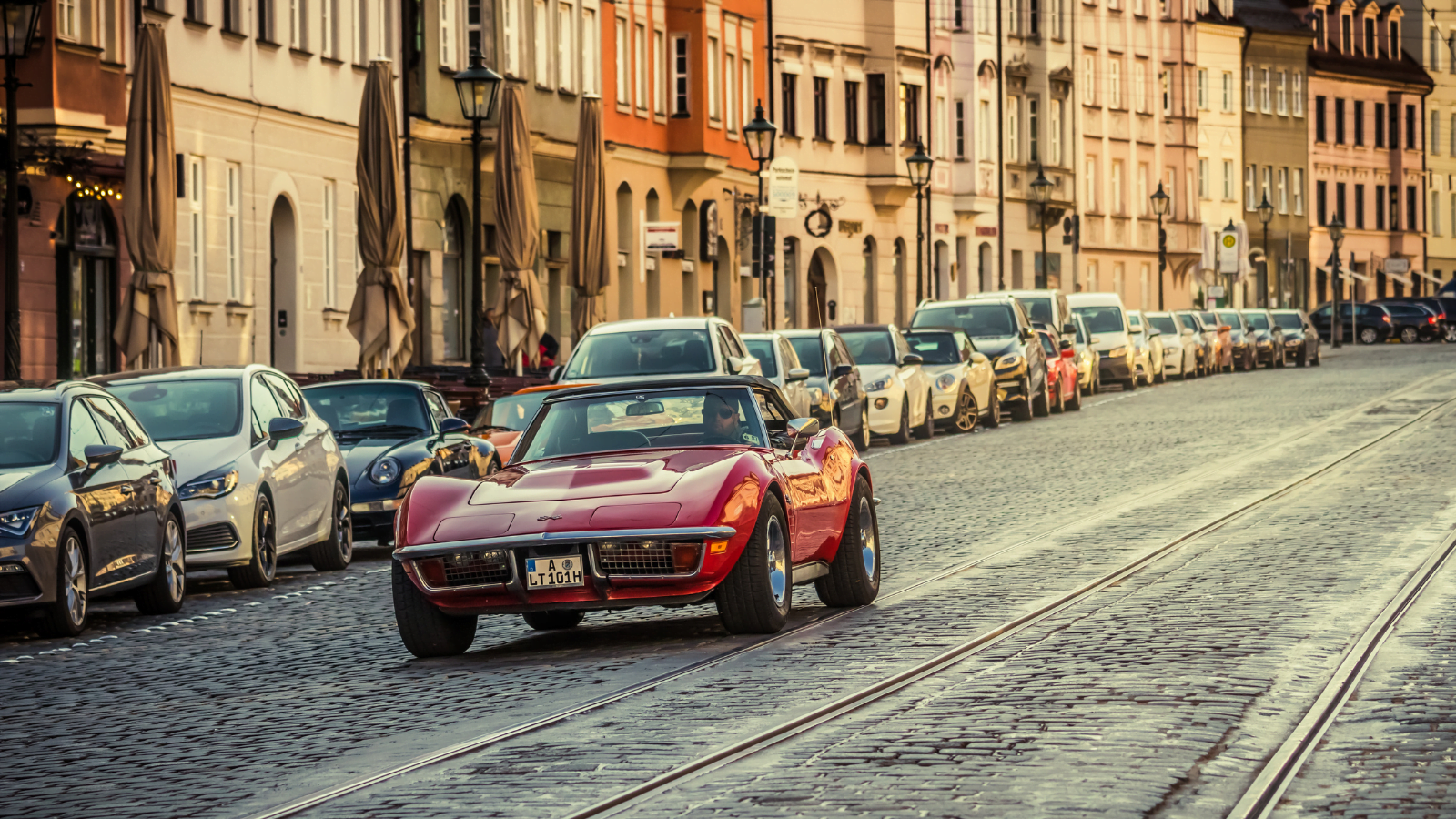
The shark inspired styling of the Corvette C3 fit the disco era perfectly. While early 70s models still had big block firepower, like the 454 LS6 rated at 425 horsepower, later cars fell victim to emissions and fuel economy rules. Despite the performance dip, the body design with its swooping fenders, removable T-tops, and low stance made it a dream car for millions. Production numbers were high, so you still see them today, but a well kept big block version will fetch big dollars at auction.
Plymouth Barracuda (1970 to 1974)
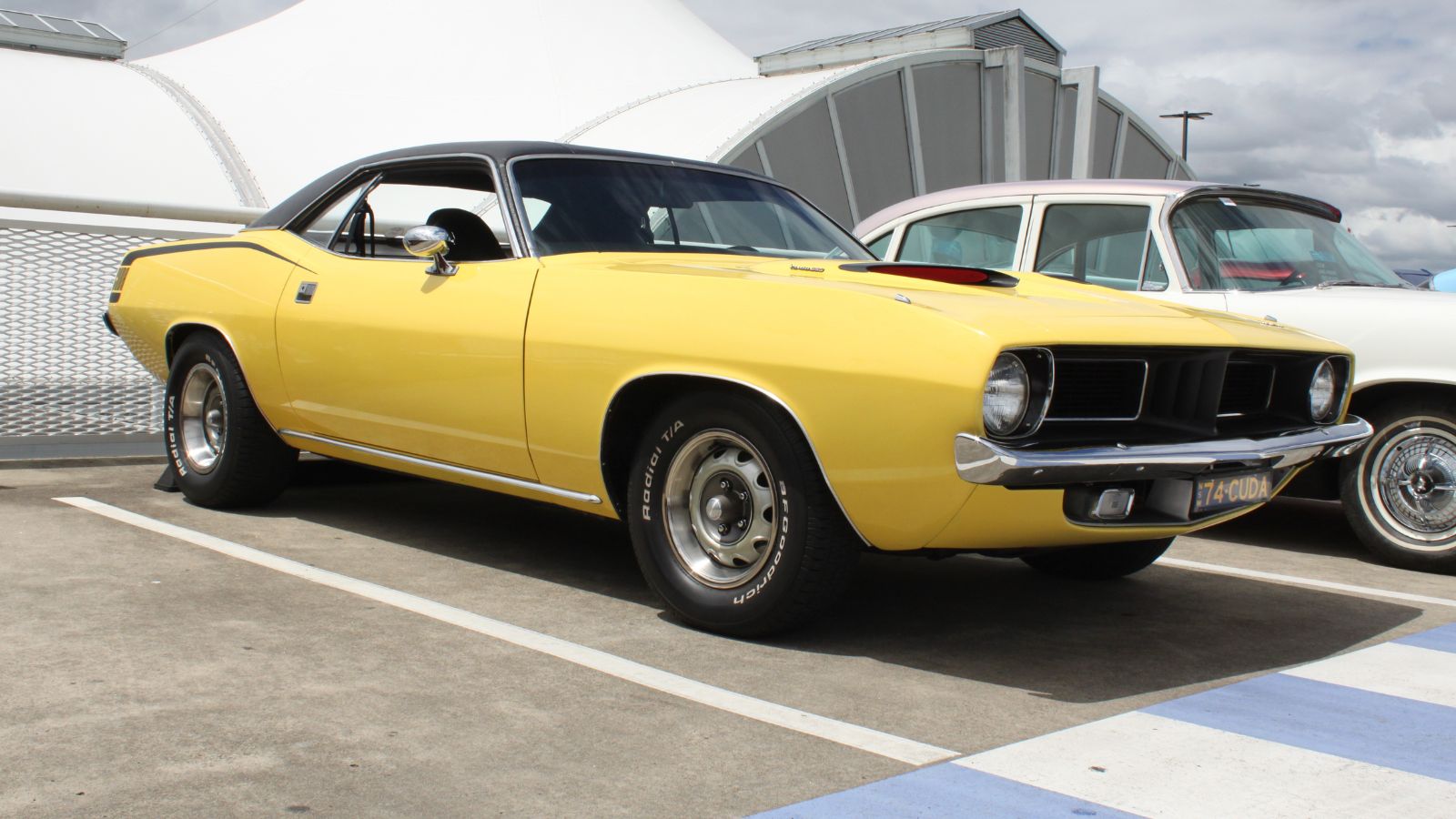
The third generation Barracuda was pure muscle with an attitude. The ’Cuda trim allowed buyers to spec monster motors, including the legendary 426 HEMI or 440 Six Pack. These cars were street terrors, with quarter mile times in the low 13s on stock tires. Fewer than 800 HEMI Barracudas were ever built, which makes them some of the most valuable muscle cars in existence today. Even if you spot a modest 318 powered version, the fastback lines and muscular stance still turn heads.
Ford Mustang Mach 1 (1971 to 1973)
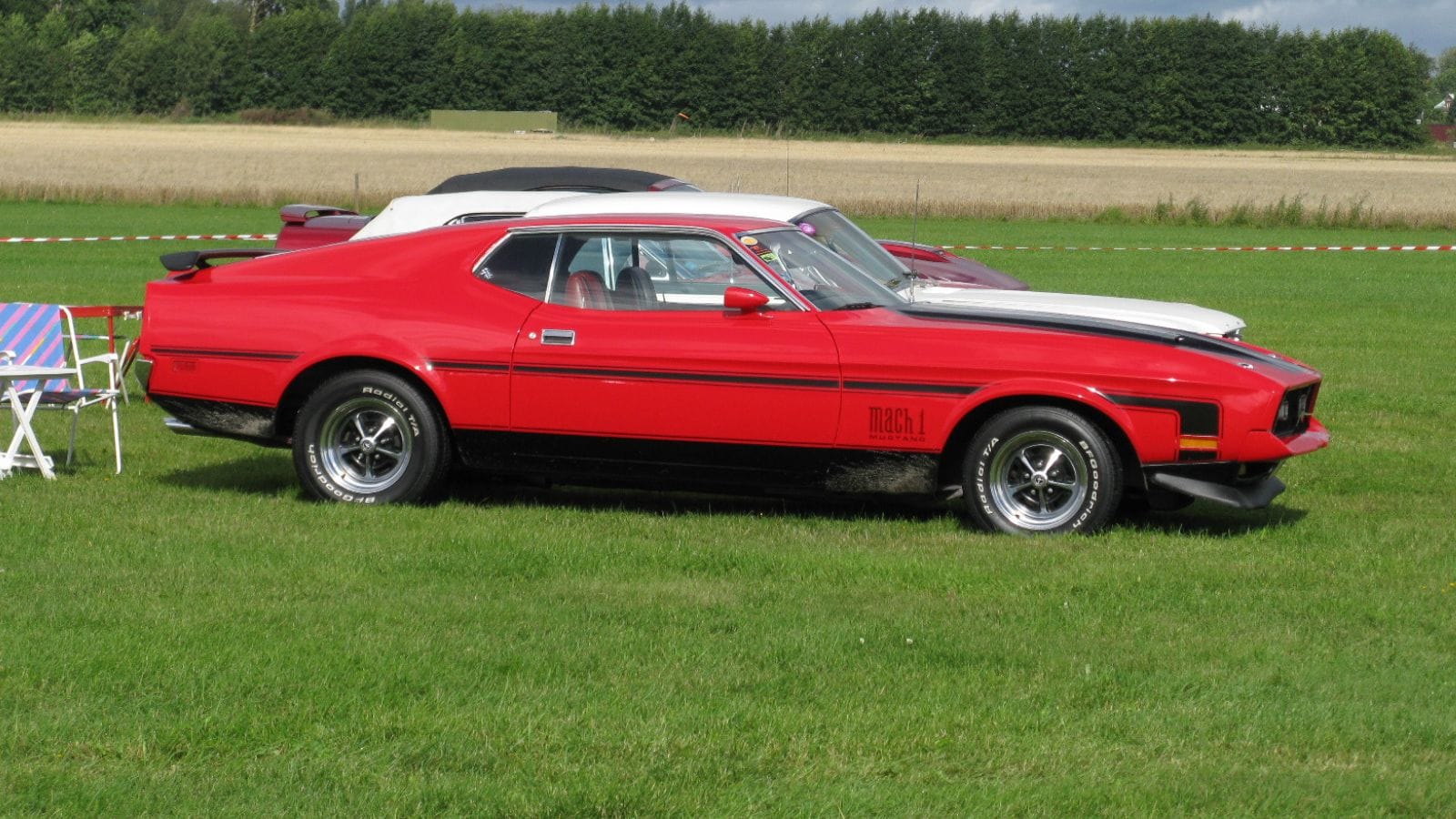
The Mustang got bigger and heavier in the 70s, but the Mach 1 gave it back some muscle. With its honeycomb grille, optional Ram Air hood, and bold side stripes, it stood out in a crowded field. Buyers could spec engines up to the 429 Cobra Jet, which made it one of the brawniest Mustangs ever. While purists argue that the first gen Mustangs are more collectible, the Mach 1s have grown in popularity. Their long nose and fastback roofline scream 70s muscle, and in Grabber Blue or Bright Red, they are impossible to ignore.
Lamborghini Countach LP400 (1974 to 1978)

Few cars changed automotive design the way the Countach did. The wedge shape, scissor doors, and impossibly low stance made it look like something from the future. The LP400 version came with a 3.9 liter V12 producing 375 horsepower, enough to back up its radical looks. Fewer than 160 were made, making them incredibly rare. In a world where even modern supercars can look tame, the Countach still stops traffic instantly, reminding everyone why Lamborghini became the king of excess.
Porsche 911 Carrera RS 2.7 (1973)
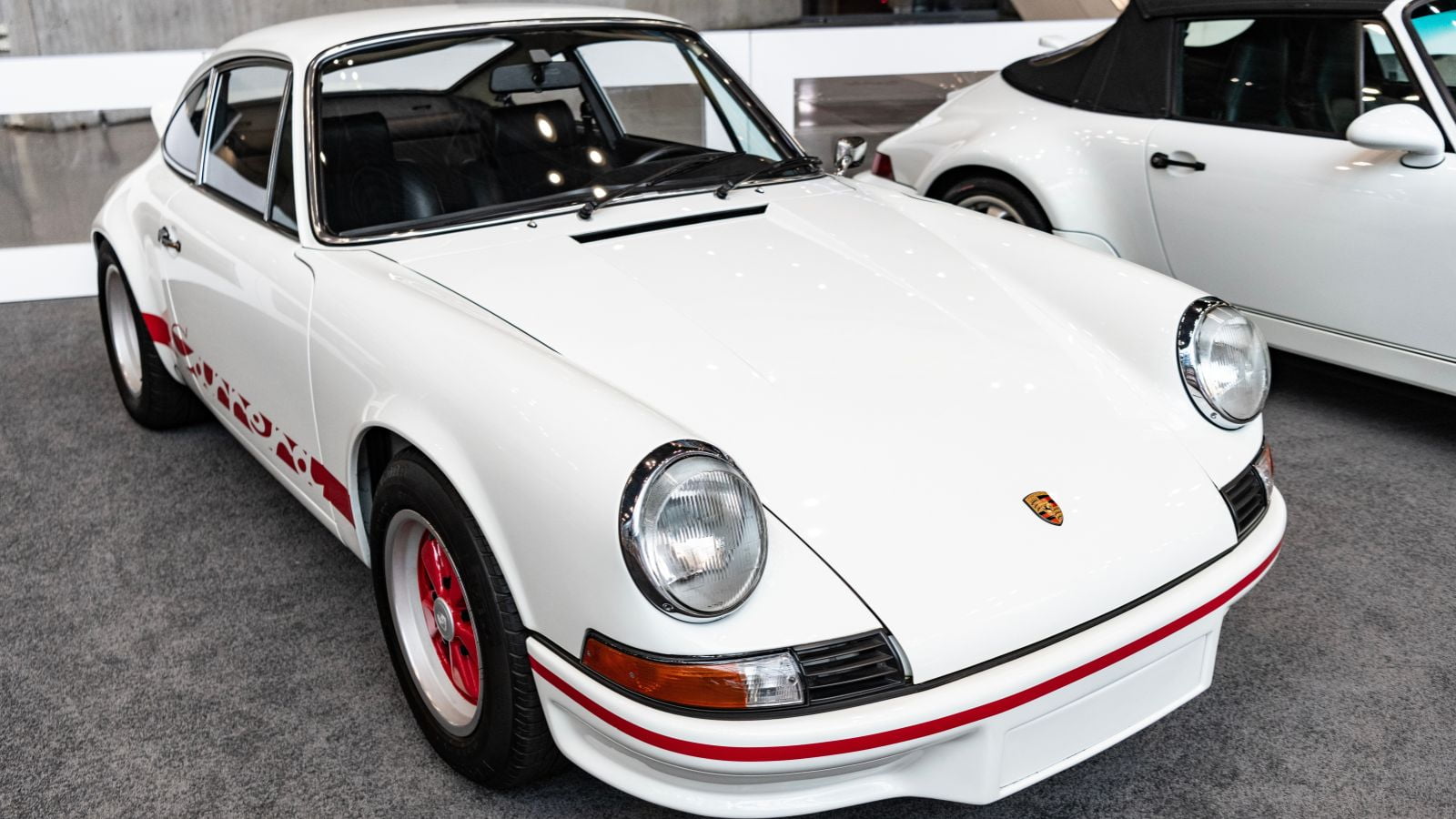
The Carrera RS 2.7 was born for racing but sold for the street. With its distinctive ducktail spoiler, widened arches, and stripped weight, it was a serious driver’s car. The 2.7 liter flat six made 210 horsepower, which was plenty in its featherweight body. Just 1,580 were built, making them highly collectible today. They now trade hands for well over half a million dollars, and their mix of engineering precision and raw driving fun make them timeless.
BMW 3.0 CSL (1972 to 1975)
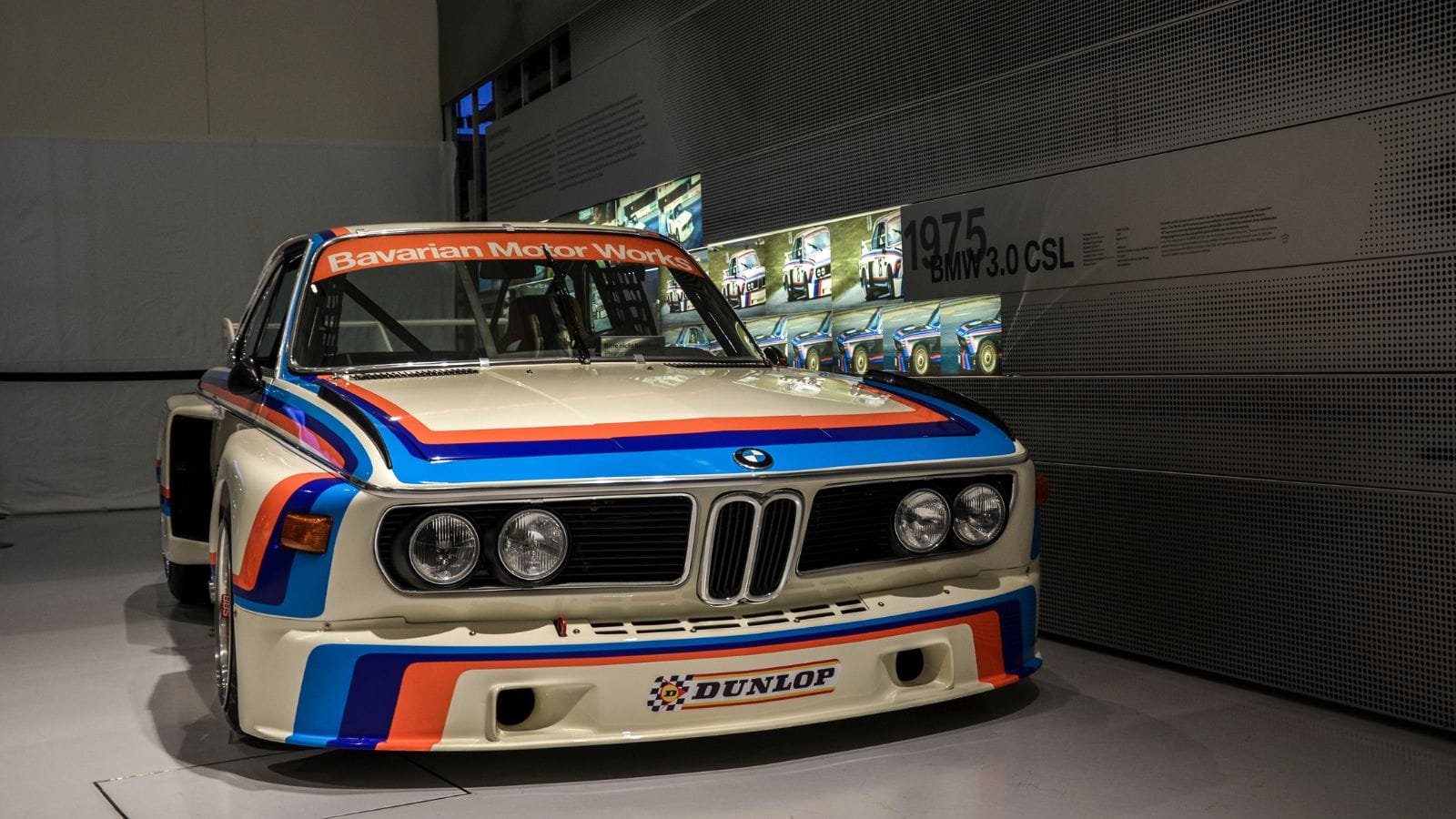
Known as the “Batmobile” because of its wild aero kit, the 3.0 CSL was built as a homologation special to allow BMW to dominate touring car racing. It weighed less than 3,000 pounds thanks to aluminum panels and thinner glass, and its straight six engine made up to 206 horsepower in street trim. In racing form, it became a legend, winning countless championships. Today, its rarity and racing pedigree make it one of the most desirable BMWs ever built.
Ferrari 308 GTB (1975 to 1979)
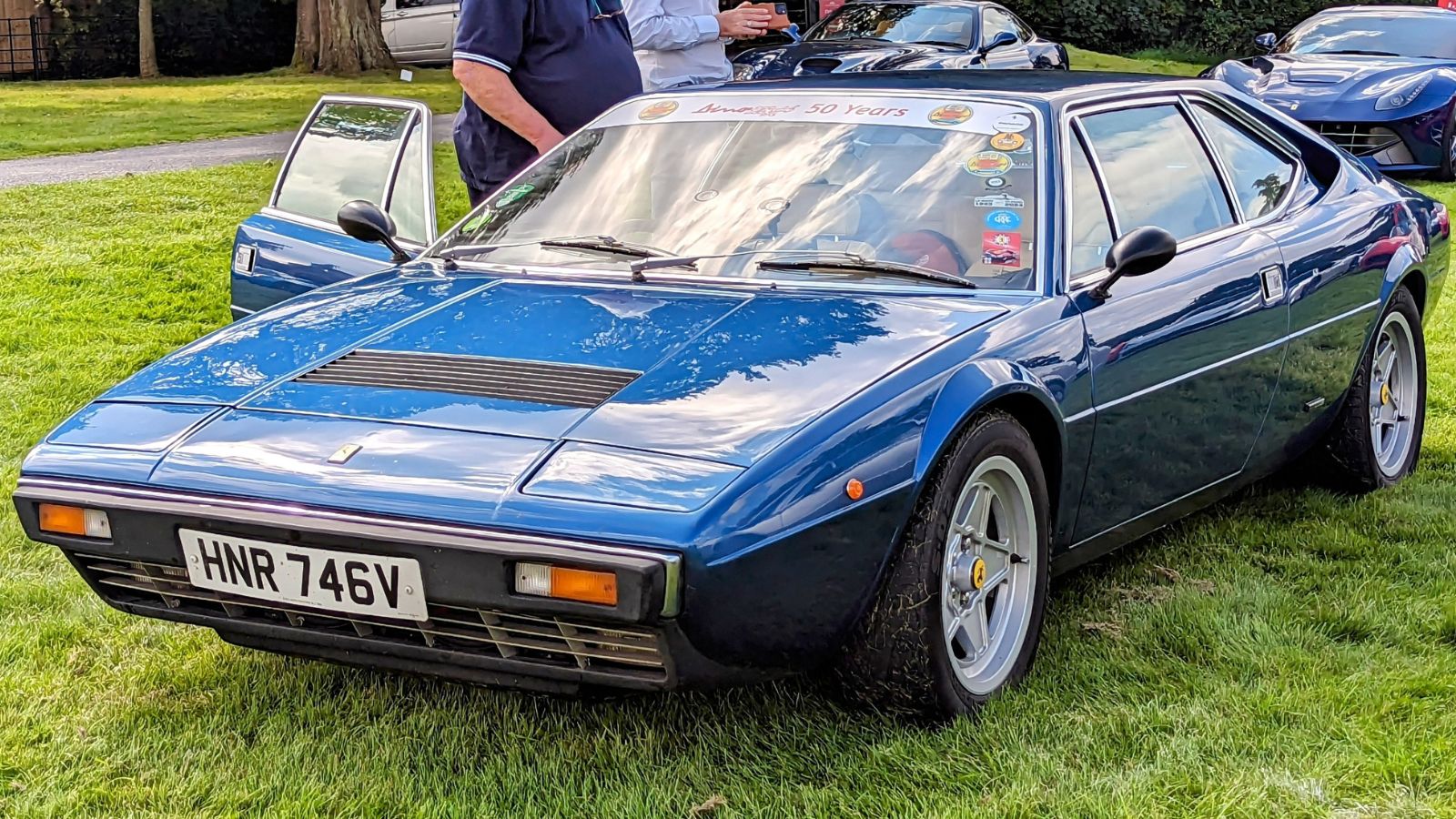
The Ferrari 308 GTB, designed by Pininfarina, was the poster car for Italian elegance in the 70s. Powered by a mid mounted 2.9 liter V8 with 255 horsepower, it was more about balance than brute force. Its role in Magnum P.I. later made it a pop culture star, but even without the TV fame, its low slung body and timeless lines ensured its place among Ferrari greats. Fiberglass bodied early examples are especially collectible, as fewer than 1,000 were made.
Datsun 240Z (1970 to 1973)
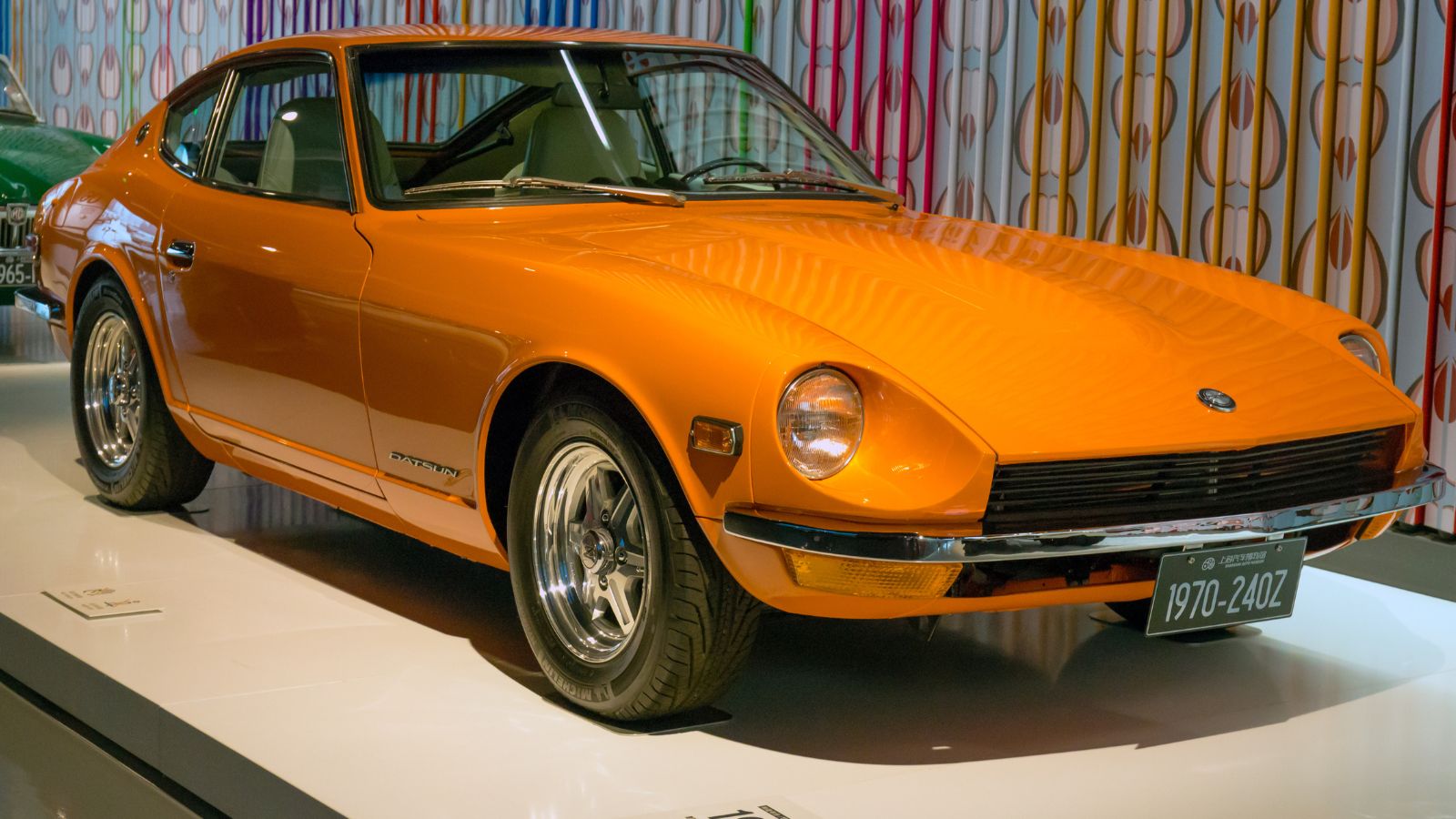
The 240Z was Japan’s shot across the bow to Europe. It offered E-Type inspired styling, a smooth inline six with 151 horsepower, and rear wheel drive handling at a fraction of the price of European rivals. Over 160,000 were sold in the U.S., making it wildly successful. Today, clean early examples are skyrocketing in value, with restored models fetching six figures. It was the car that showed the world Japan could build serious sports cars.
Pontiac GTO Judge (1970 to 1971)

The Judge was the loudest and proudest version of the legendary GTO. With its bold stripes, flamboyant colors like Orbit Orange, and optional Ram Air IV 400 cubic inch engine, it was designed to grab attention. It delivered performance too, with quarter mile times in the low 14s. Though it was discontinued in 1971, its short run cemented its legend. Today, Judges are prized for their rarity and personality, embodying everything outrageous about the muscle car era.
De Tomaso Pantera (1971 to 1979)
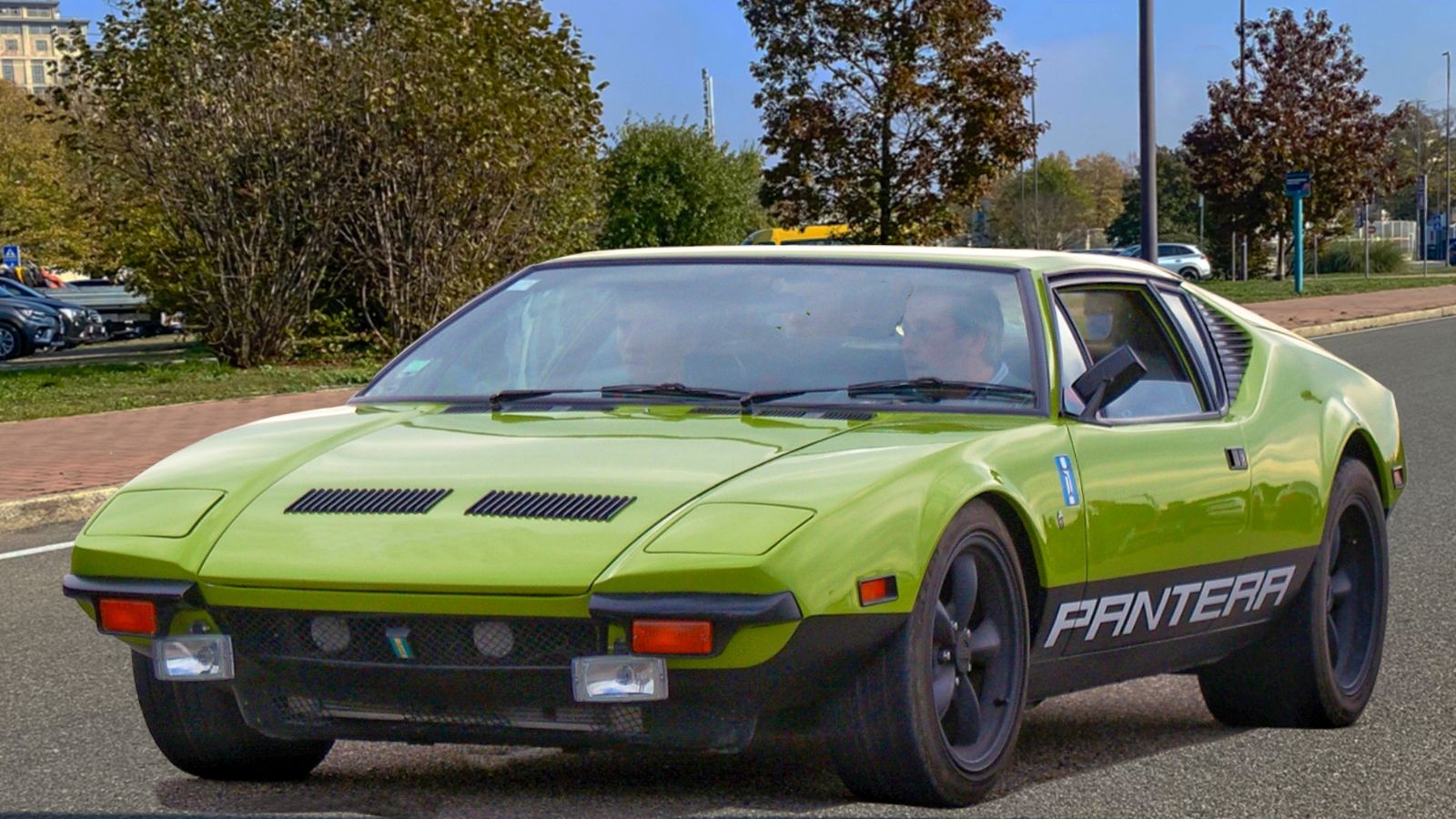
The Pantera combined Italian flair with American muscle. Designed by Ghia, its low slung wedge body was exotic, while the Ford sourced 351 Cleveland V8 made 330 horsepower and was relatively easy to service. Around 7,000 were built, and they were sold through Lincoln Mercury dealerships, which made them oddly accessible. They remain cult favorites, blending raw performance with an Italian design that still turns heads.
Mercedes Benz 450SEL 6.9 (1975 to 1979)
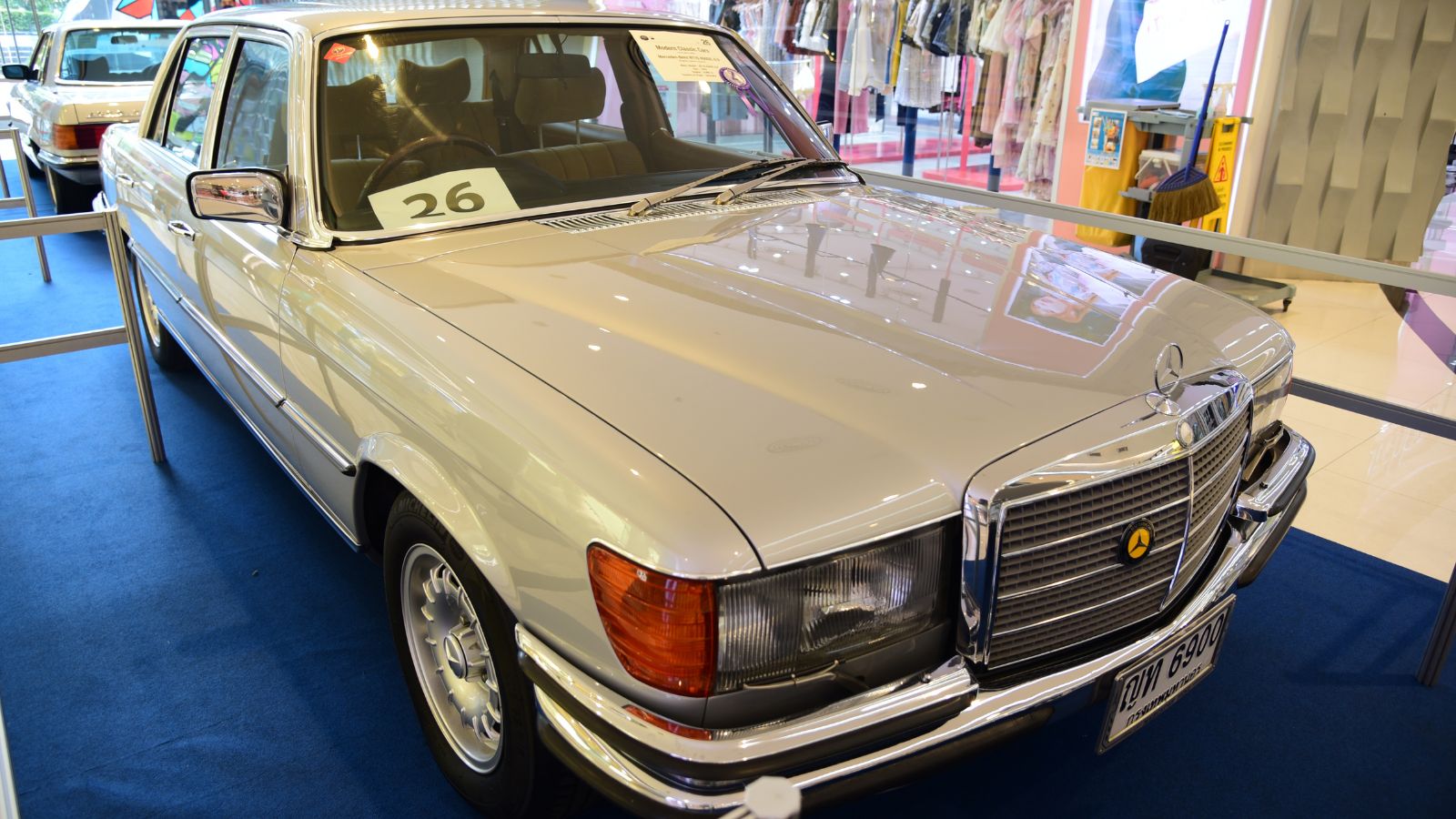
This was the ultimate sleeper sedan of the 70s. To the untrained eye, it looked like just another big Mercedes, but under the hood sat a 6.9 liter V8 producing 250 horsepower and mountains of torque. It could cruise effortlessly at 140 mph in comfort, making it one of the fastest sedans in the world. It was also one of the first cars with self leveling hydropneumatic suspension, giving it remarkable handling for its size. Today, enthusiasts love it for its combination of understated elegance and brute force.
AMC Javelin AMX (1971 to 1974)
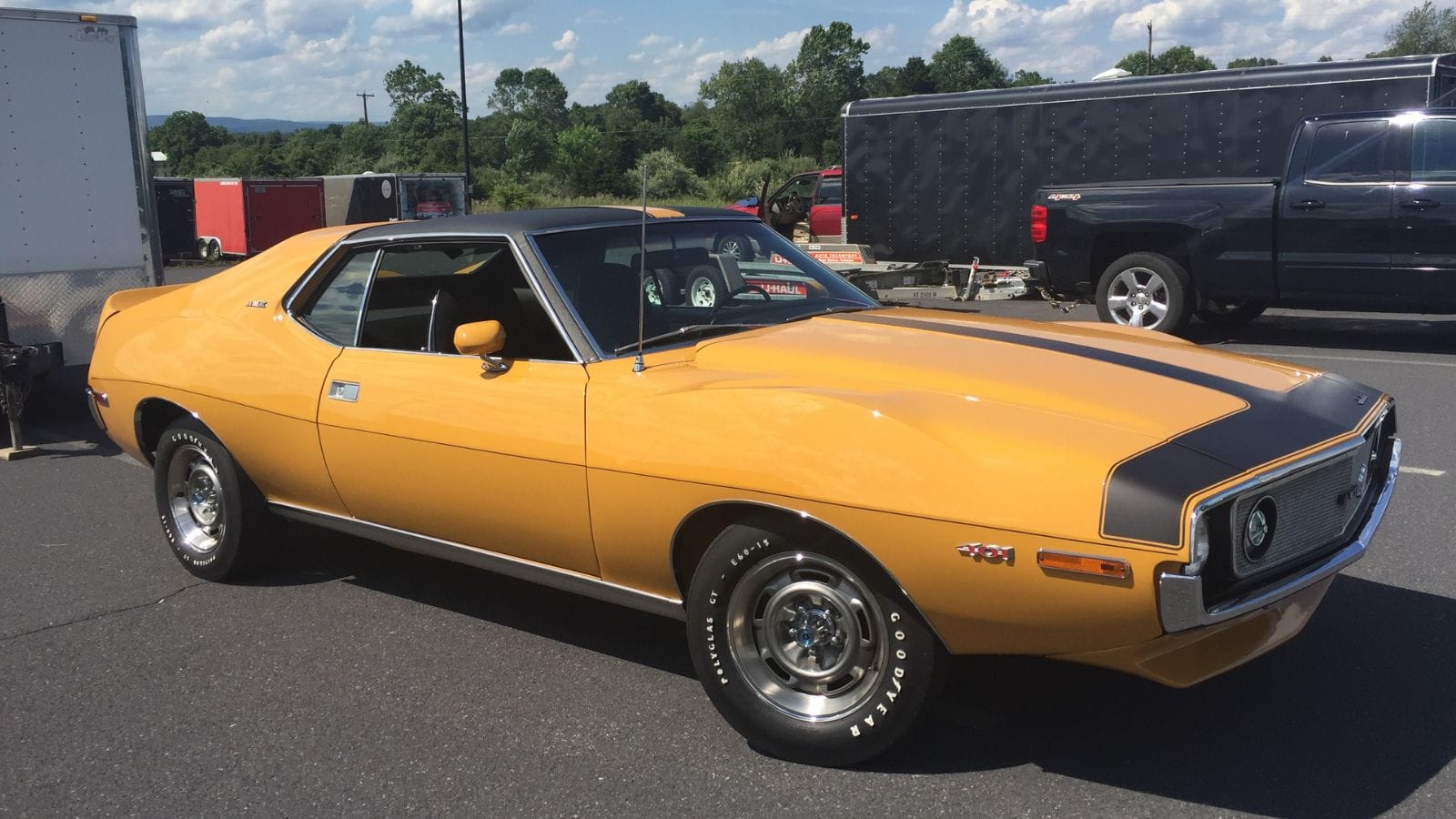
AMC may have been the underdog of Detroit, but the Javelin AMX gave them a serious contender. With wild side stripes, flared fenders, and available 401 cubic inch V8s, it looked and sounded the part. AMC even campaigned the Javelin in Trans Am racing, where it won championships. Today, these cars are prized for their rarity and bold style. They stand as proof that even smaller brands could build muscle cars with real presence.
25 Facts About Car Loans That Most Drivers Don’t Realize

Car loans are one of the most common ways people fund car purchases. Like any other kind of loan, car loans can have certain features that can be regarded as an advantage or a disadvantage to the borrower. Understanding all essential facts about car loans and how they work to ensure that you get the best deal for your financial situation is essential. Here are 25 shocking facts about car loans that most drivers don’t realize:
25 Facts About Car Loans That Most Drivers Don’t Realize
